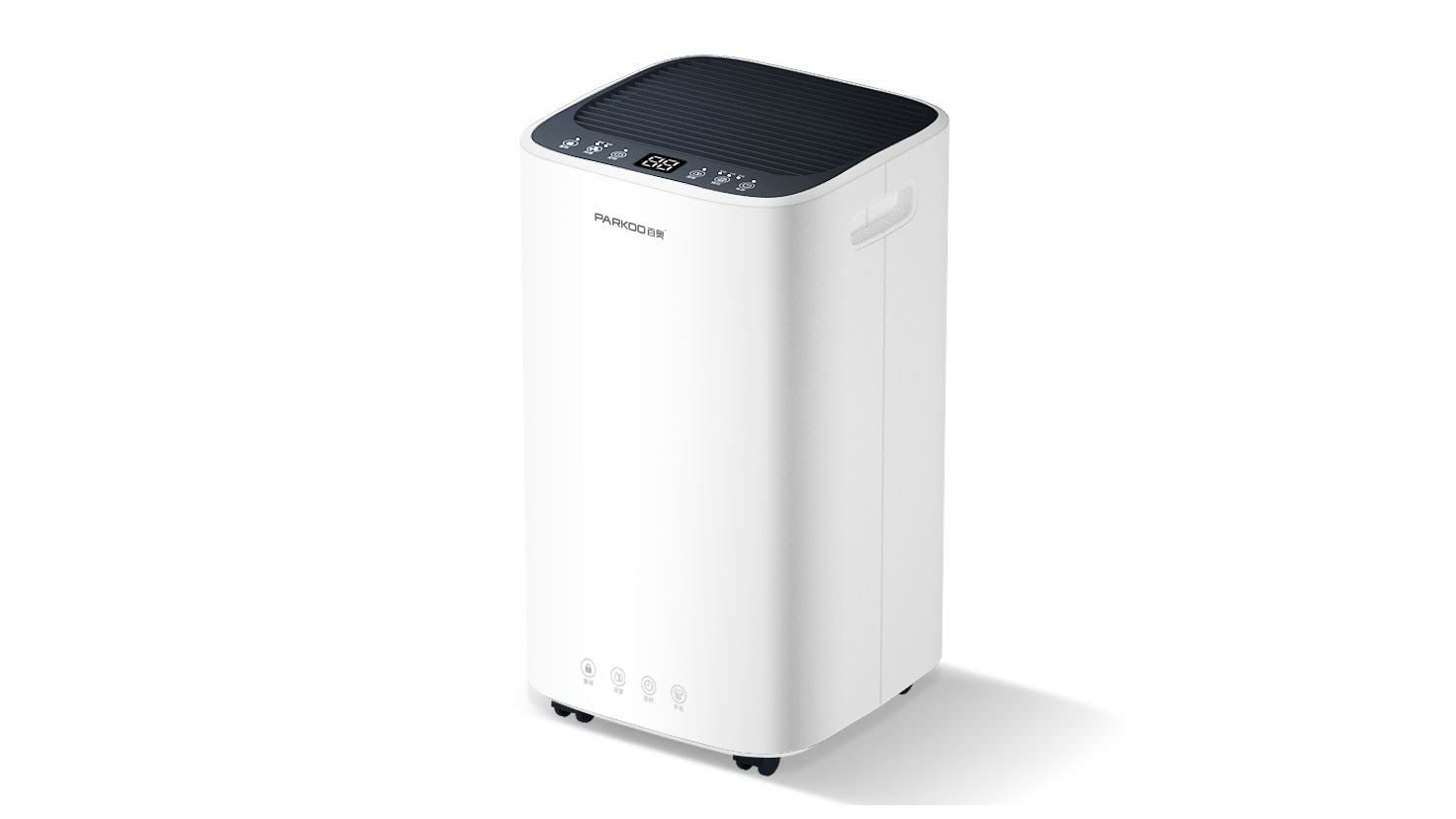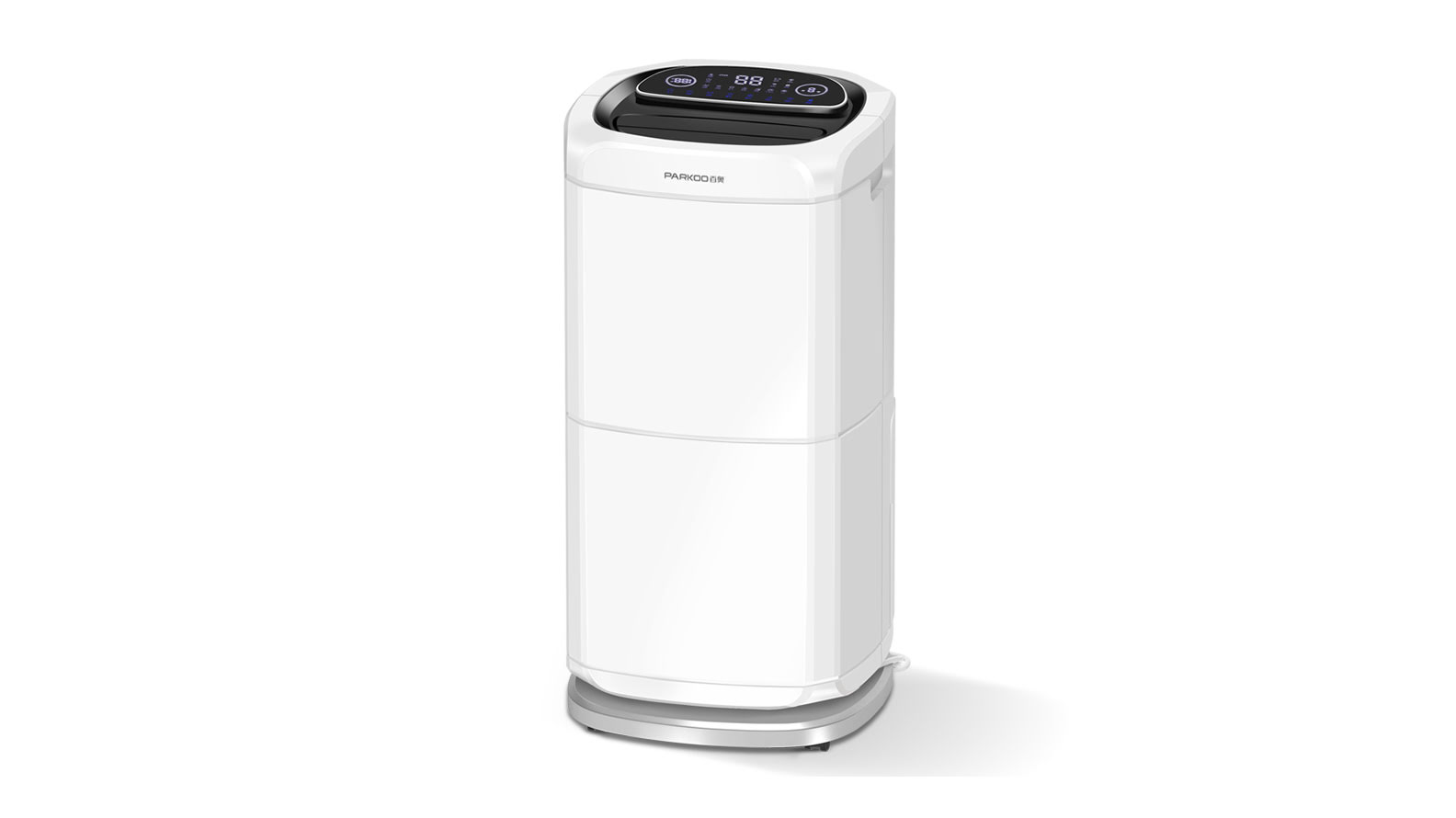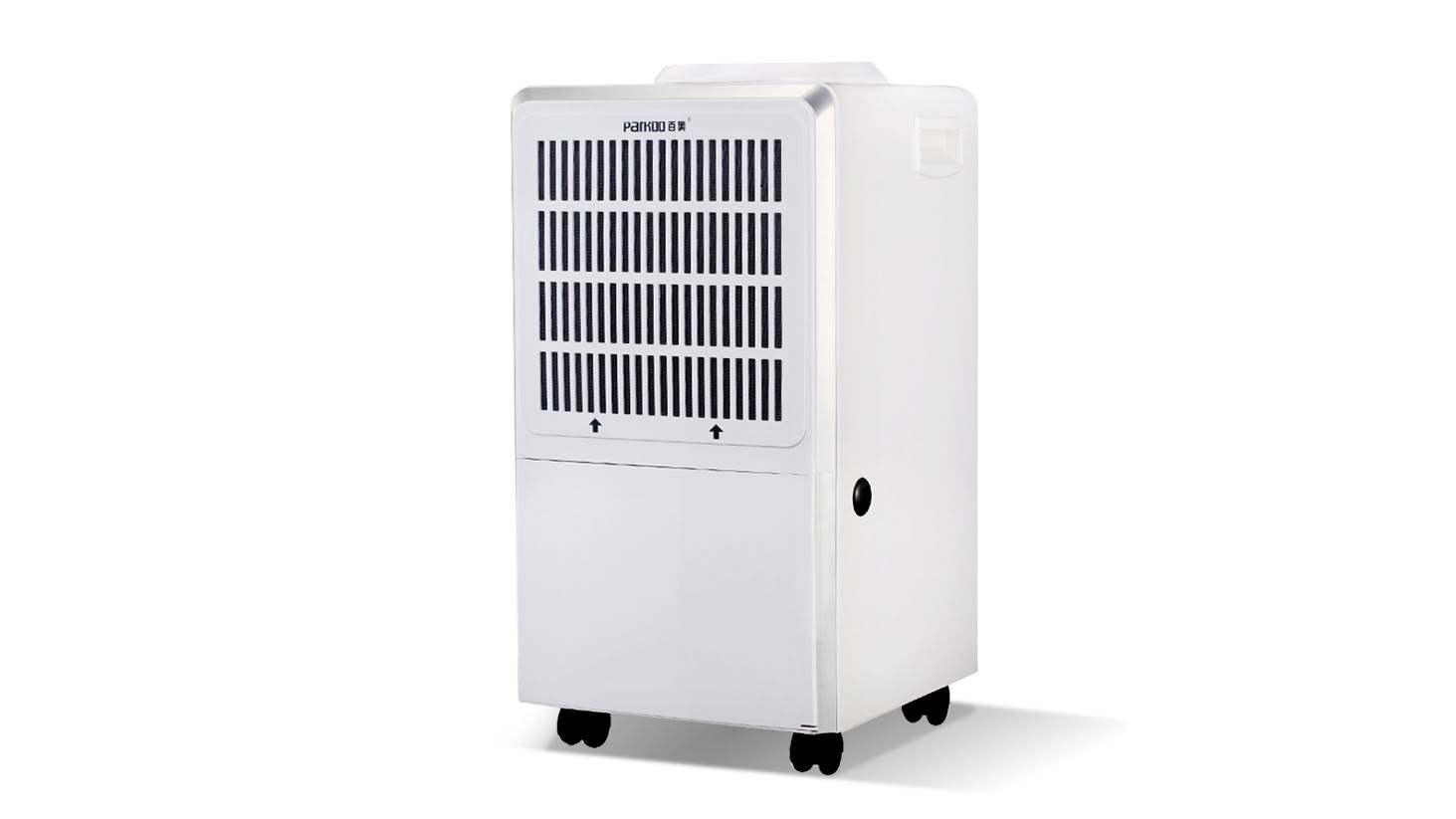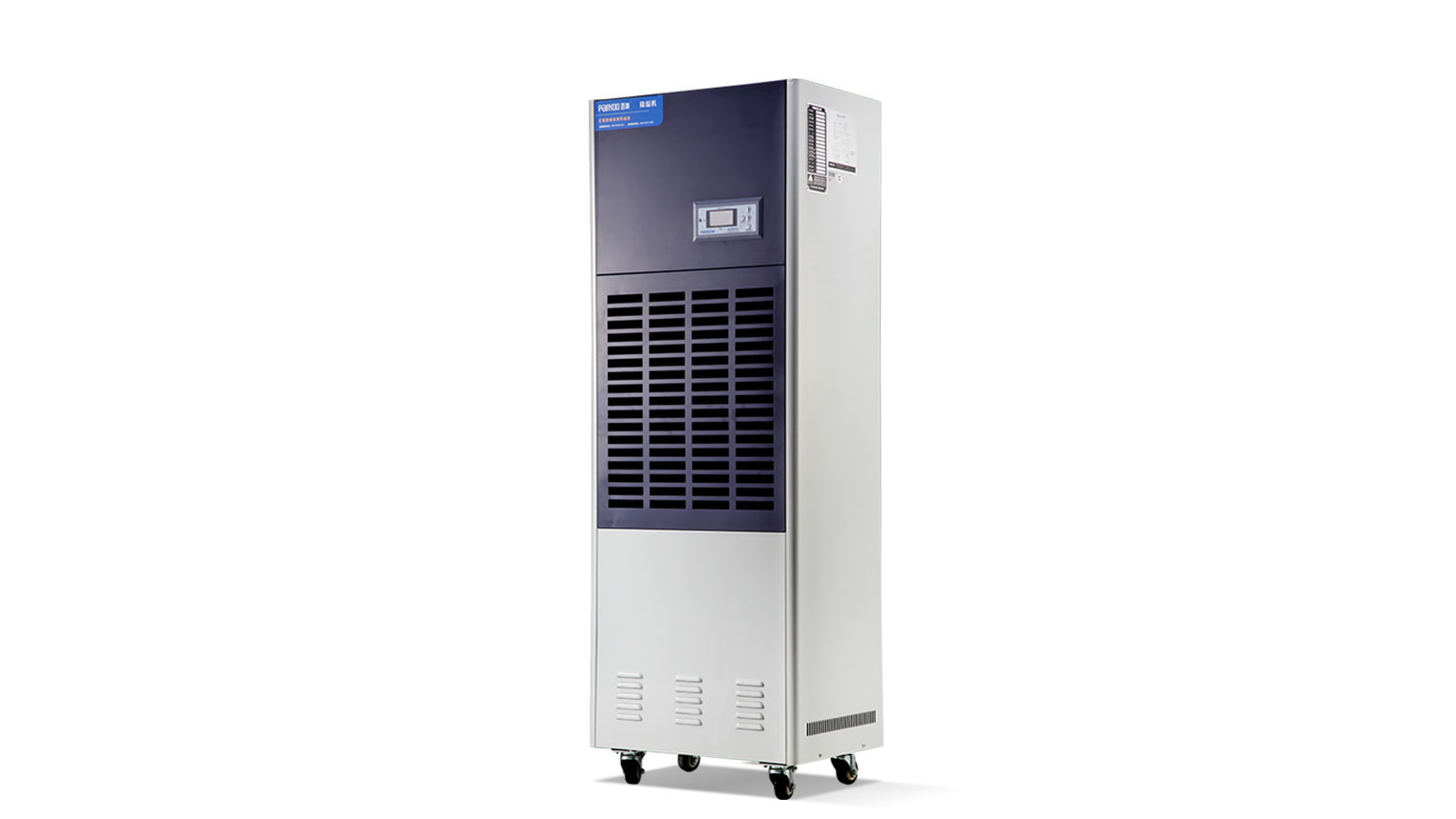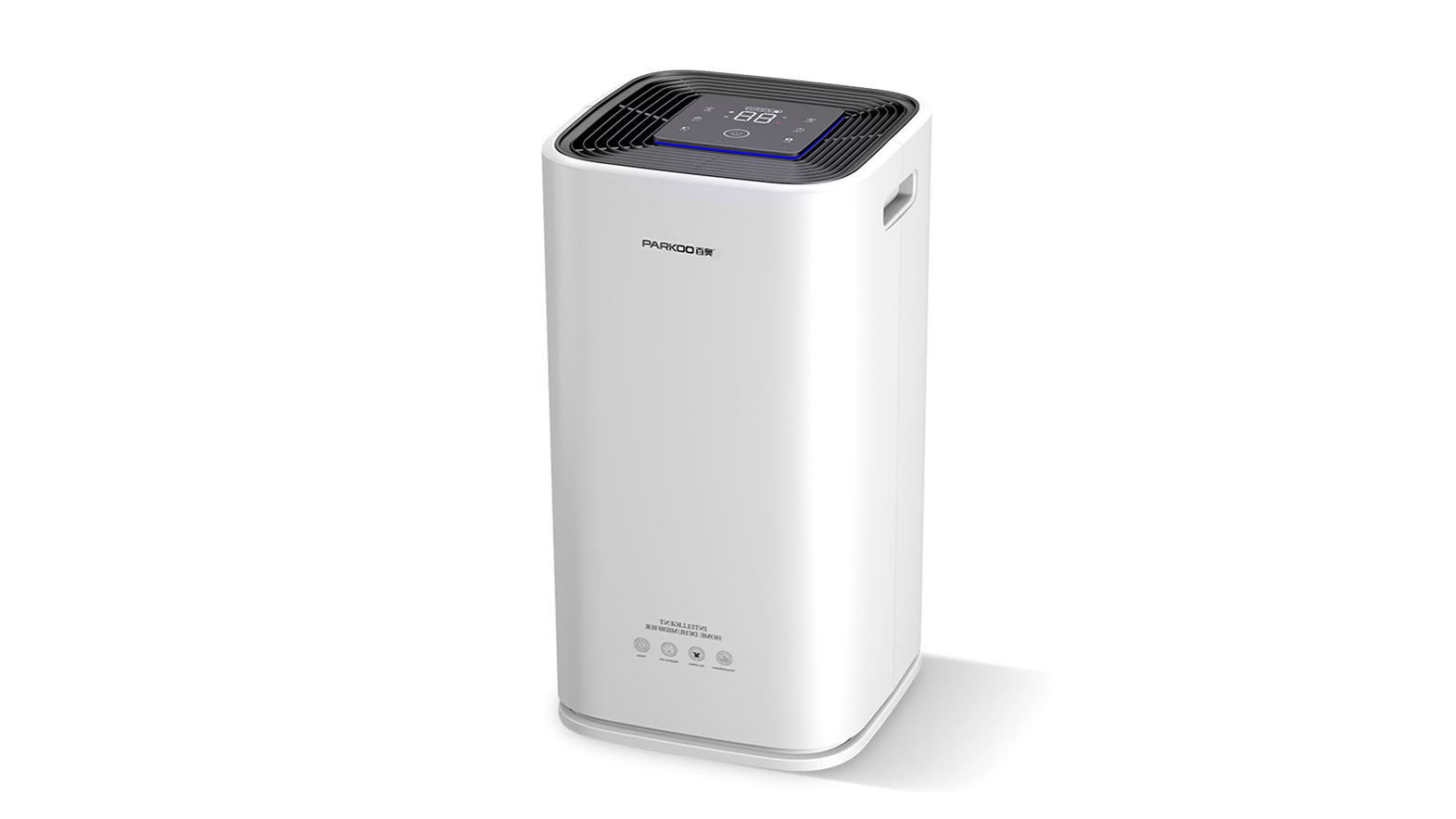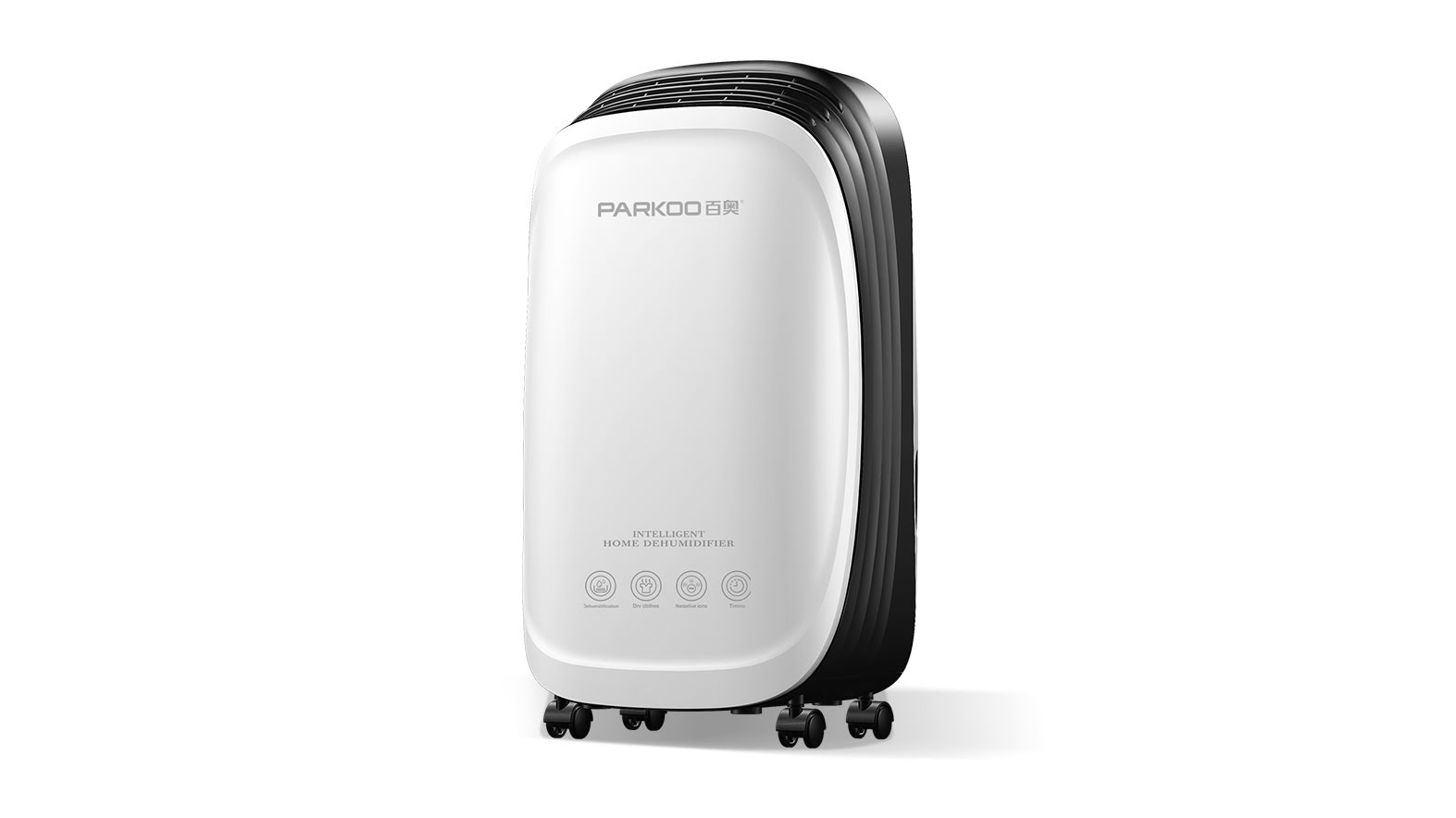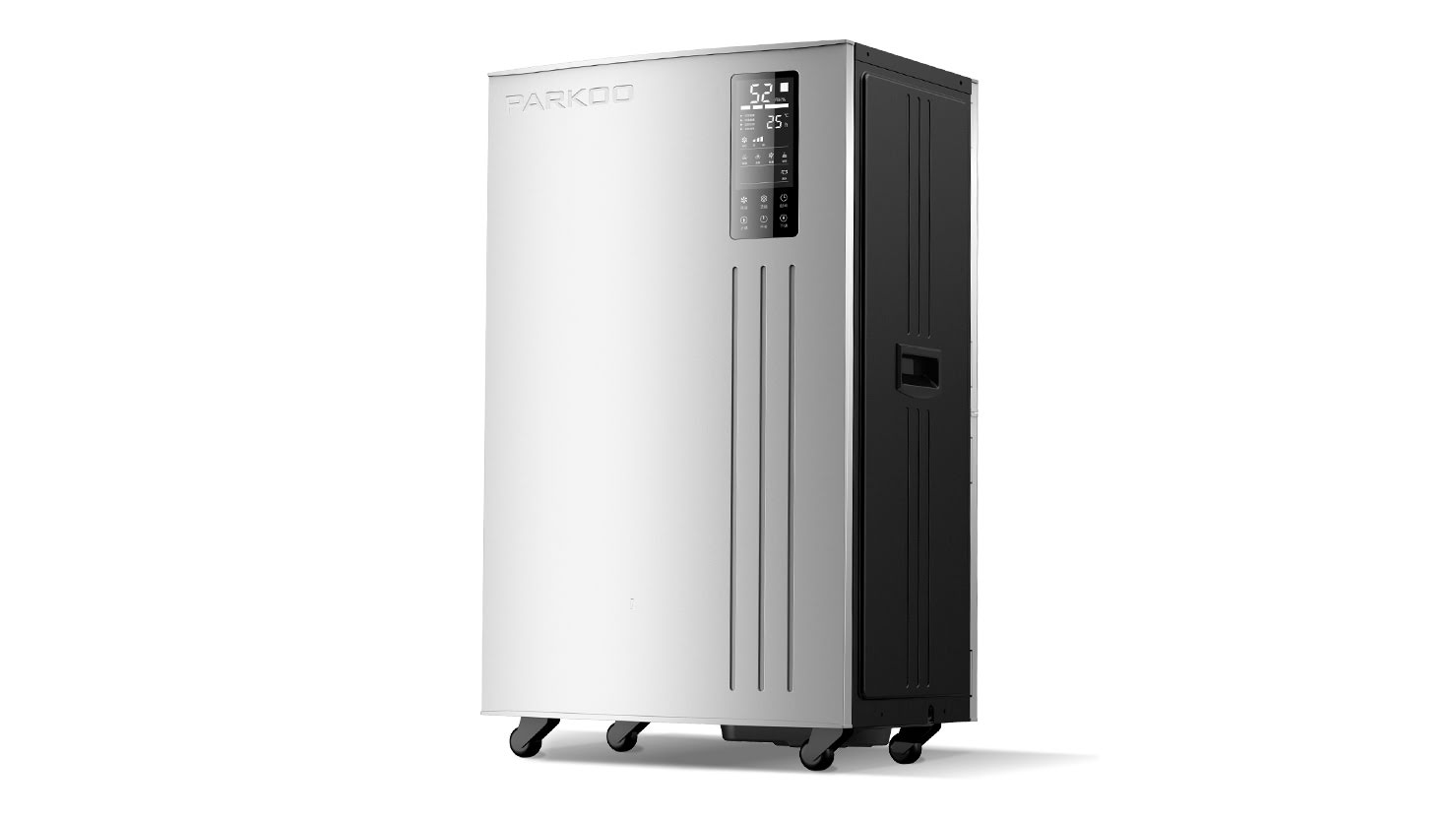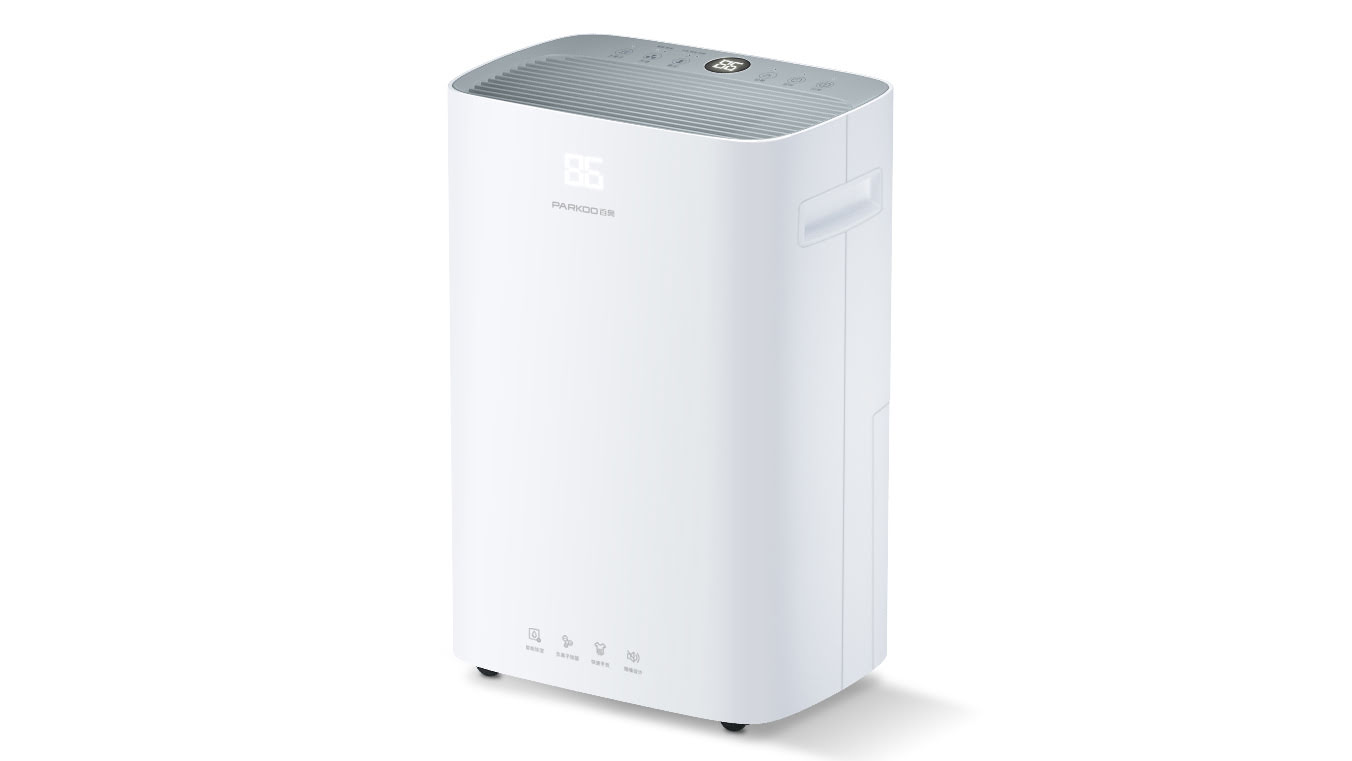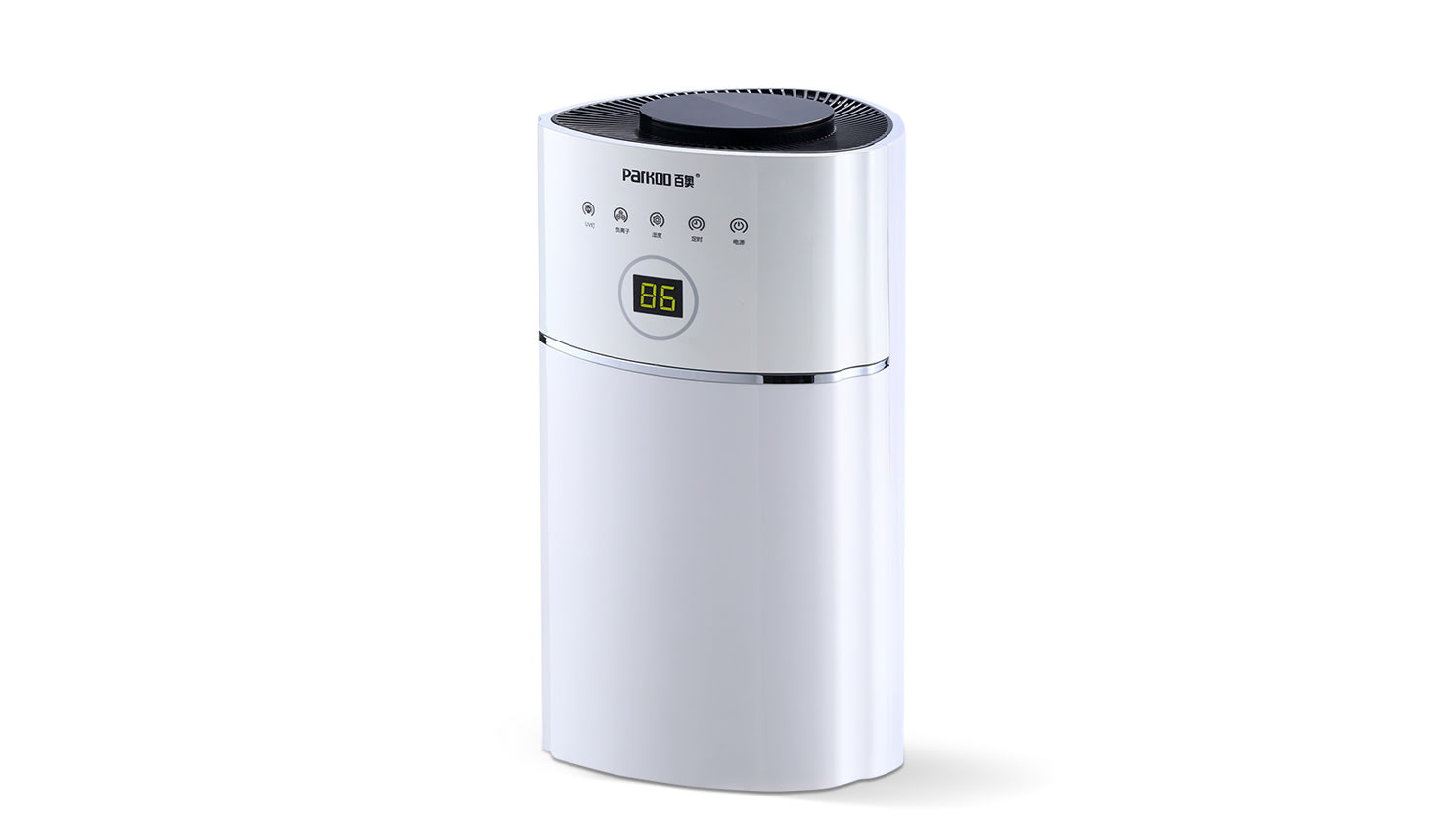once the Paper is charged with Static Electricity, it will bring a lot of trouble to printing. first of all, the paper cannot be aligned. under the action of static electricity, the paper and the paper are firmly absorbed and uneven, and it is difficult for air to enter between the papers. If you want to collide, you sometimes have to pull them apaRT one by one, which is a waste of time.
In the process of printing, Due to electrostatic attraction, single sheets of paper are firmly stuck together, sometimes two sheets, sometimes several sheets, sometimes a sheet of paper cannot be separated, resulting in that the paper separation nozzle cannot absorb the paper. when the brush is Heavy, it tends to break and empty; When the brush is pressed lightly, double or multiple pieces will be produced. Multiple sheets of paper entering between the rubber drum and the embossing drum will Cause stuffiness and damage the blanket and liner.
The paper with static Electricity is not smooth when it is transported forward on the paper feeding table, and it is skewed and misaligned when it reaches the front gauge, leading to the failure of registration for the second overprint, Poor product Quality and great waste. Even after the embossing part, the paper delivery is very uneven, which brings a lot of trouble to the Whole paper for the second time and seriously affects the production speed.
Paper with static electricity is related to paperMaking. In general, the base paper is less charged when leaving the factory, and the probability of coated paper being charged is also Small. Because printing paper (white board, Cardboard, etc.) and coated paper are reprocessed on the basis of the base paper, even if the base paper has been charged, they will be eliminated during the processing. generally, the paper with a fixed amount of less than 80g/m2 carries more static electricity, but the paper carries static electricity before it is printed on the machine or the static electricity before printing is not obvious, and the static electricity often increases sharply after it is imprinted. In the offset printing process, due to the presence of water, it is not common to have static electricity after printing. For offset printing, static electricity is mainly generated before printing.
Cause analysis:
The main reason for the paper with static electricity is that friction generates electricity. The electrification of many objects is caused by friction. The friction between paper and calender in paper making, and the friction between paper and rubber Roller and embossing roller in printing are all Important factors to generate static electricity.
The binding force of electrons in atomic nuclei of different substances is different, or they have different affinity to electrons. When two different substances are in close contact, some electrons on the electron sparse side will pass through the interface and attach to the surface of the electron loving side due to the weak binding force on the electrons. As a result of this electron transfer, a double electric layer will be formed at the interface. At this time, if the two substances are separated quickly, the electron sparse side is positively charged due to the loss of some electrons, and the electron loving side is negatively charged due to the gain of some electrons. This is the essence of friction electricity generation.
Paper, blanket, ink, printing plate, etc. in printing materials have different affinities to electrons. The great pressure in printing process makes them closely contact, and the high speed makes them quickly separate, which fully meets the conditions for friction to generate electricity. Therefore, it is understandable that tens of thousands of volts of static electricity appear in printing, especially some papers have static electricity before printing. The paper has generated static electricity in the Manufacturing process. When it is packaged and sent to the printing plant before it can escape, some static electricity is still retained, which is also the reason why the paper is electrified before printing. When using these papers, we should take different measures to eliminate the static electricity in combination with the actual production situation.
terms of settlement:
1. Inventory method
After the paper enters the printing factory and enters the warehouse, the storage time should be Appropriately longer, and the storage location should be better connected with the printing workshop, with the temperature of 18~25 ℃ and the relative huMidity of 60%~70% as the best. Make the temperature and humidity of the printing workshop Consistent with the paper library, which is conducive to changing the paper Moisture content. The change of paper moisture content is a process of releasing static electricity.
2. Paper drying method (Humidification method)
It is mainly to eliminate static electricity by adjusting the main humidity. When the relative humidity in the workshop is less than 50%, it is easy to generate high static electricity in the printing or plate making process. increasing the relative humidity in the workshop and the water content of the paper is very effective to eliminate static electricity, especially when drying paper. Humidity control equipment can be used to increase the indoor relative humidity. If There is no humidity control equipment, enough water can be sprinkled on the ground.
Humidification equipment is mainly humidifier, which can be installed on the ceiling or Wall of the workshop. When the indoor relative humidity does not meet the requirements, the humidifier can automatically spray mist like water vapor to increase the indoor relative humidity. When the indoor relative humidity meets the requirements, the spray will automatically stop.
3. Electrostatic eliminator method
The positive and negative ions generated by the electrostatic eliminator are used to neutralize the charge on the charged body, so as to eliminate static electricity. There are Three types of static eliminators: one is external voltage static eliminator, which applies high voltage to Needle or thin wire Electrodes to generate corona discharge and generate ions, such as transistor static eliminator used on general printing machines; The second is a self disCharging electrostatic eliminator, which makes conductive fibers, conductive rubber or conductive Metal materials into needle shaped or thin wire shaped electrodes and is well grounded. It uses the electric field of the charged body itself to generate corona discharge to generate ions and neutralize the charge on the charged body; The third is the static electricity removal of radioActive elements, which uses the ionization of radioactive isotopes to ionize the air to generate ions and neutralize the static electricity on the charged body.
4. Antistatic agent method
Antistatic agent is also called electrostatic eliminator or electrostatic agent. Its principle is to give paper, film and other charged body surface hygroscopic ions to make them hydrophilic, absorb water in the air, reduce resistance, increase conductivity, and make static charges not easy to accumulate. Antistatic agents are mainly surface active agents with hydrophilic and hydrophobic groups, or polar and non-polar groups. The hydrophilic group has a strong affinity for substances with larger polarity such as water, while the hydrophobic group has a strong affinity for substances with smaller polarity such as oil. Antistatic agents are widely used in printing, such as making soft cots with antistatic agents to Prevent static electricity.
5. Process operation method
During the printing process, wet towels can be added to the paper receiving part, and the towel dipped in water can be fixed on the Pull rod to make the paper contact with the wet towel to eliminate static electricity. This is a temporary but effective way to eliminate static electricity. The disadvantage is that the paper should be wet frequently.
